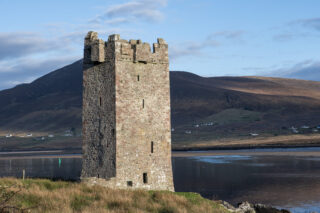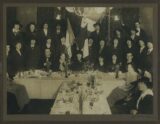Margaret O’Sullivan – Garinish Island
*1908 – 1999*
Margaret “Maggie” O’Sullivan lived most of her life on Garinish Island. She began working for the Bryce family in 1926 when she was still a teenager, acting as the housekeeper, attending to high-profile guests to the island, including most of the Irish Presidents who were serving during her lifetime.
Margaret was a fiercely independent woman, rowing her boat back and forth to the mainland to do her shopping and attend mass every Sunday with her dog. Margaret lived on the island until 1998, and was the last permanent resident of Garinish Island.
In 1992 she was recognised by Glengarriff Tourism & Development Association for her contribution to tourism in the area.
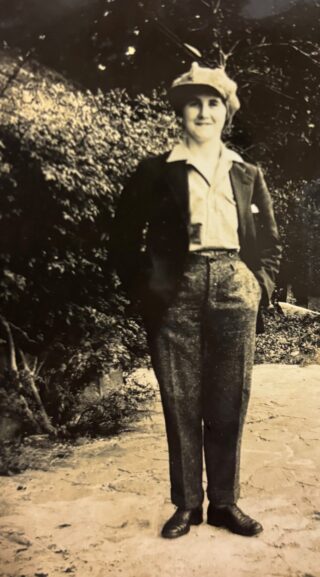
Nancy Wyse Power – Custom House Visitor Centre
*1889 – 1963*
Nancy Wyse Power was a member of Cumann na mBan (1915), the Gaelic League (1901), and a Civil Servant. She received her BA in Celtic Studies from UCD, and continued to do a PhD in Germany on Celtic Philology.
Nancy was heavily involved in the Nationalist cause, helping to deliver messages during the 1916 Easter Rising, and supporting the families affected by the Rising in the subsequent years. She was appointed honorary secretary of Cumann na mBan in 1917.
In 1923 she began working for the Department of Industry and Commerce, and in 1932 was personally requested to be the private secretary of Seán T. O’Kelly, within the Department of Local Government and Public Health at the Custom House.
Nancy was one of the first female Principal Officers in the Free State civil service, and used her position to advocate for equal rights for women in the civil service.
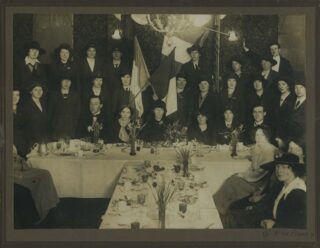
Elizabeth O’Farrell – Kilmainham Gaol Museum
Elizabeth O’Farrell’s story has been hidden from history for years. She was literally erased from key events in 1916, airbrushed from the photos as though she were never there.
It is now known and accepted that Elizabeth and Julia Grenan were in a relationship, living with each other for most of their lives, and doing almost everything together. The two joined multiple organisations including the Gaelic League, the Irish Women’s Franchise League, the Irish Women Workers’ Union, and Inghinidhe na hÉireann. They were taken under the wing of Markievicz and trained in the use of firearms.
In 1916, Elizabeth was assigned to the Irish Citizen Army, delivering messages to Athenry, Spiddal, and Galway City, before returning back to Dublin to medically attend to the injured, and deliver ammunition from the GPO to other garrisons in the city. Both she and Grenan cared for James Connolly after he was shot.
Elizabeth was picked by Patrick Pearse to discuss surrender terms with the British military, and was sent out into heavy fire, armed with only a white flag and a Red Cross symbol. It is she who stands alongside Pearse to deliver the unconditional surrender to General Lowe. Lowe assured Elizabeth that she would not be imprisoned, but after the surrender she was strip-searched and held in both Ship Street Barracks and Kilmainham Gaol. Lowe ordered her immediate release upon hearing of her imprisonment.
During the War of Independence both Elizabeth and Julia delivered dispatches to the IRA, and were strongly anti-treaty, helping to raise funds for the families of anti-treaty prisoners.
In 1967 a plaque was unveiled at Holles Street Hospital, where Elizabeth once worked as a mid-wife, and a foundation to support nurses in their postgrad studies was created. In 2012 City Quay Park, where Elizabeth was born, was renamed Elizabeth O’Farrell Park.
Both Elizabeth O’Farrell and Julia Grenan are buried beside each other in Glasnevin Cemetery.
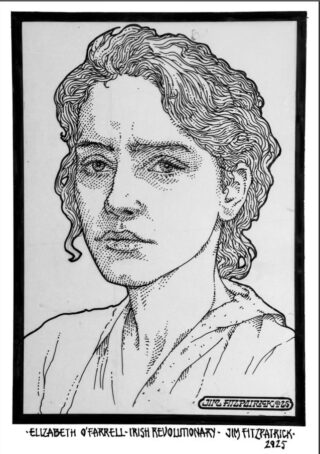
Gwendolen Guinness, The Countess of Iveagh – Farmleigh House & Gardens
*1881 – 1966*
Lady Gwendolen Guinness was one of few women of her time to be elected as a Member of Parliament in the House of Commons. She won her seat in the Southend-On-Sea by-election in 1927, which she kept until 1935.
Though at times Gwendolen was reduced to a fashion icon rather than a parliamentarian, with one report by The Daily Telegraph in 1934 stating that people were ‘eager to see her fashionable clothes’, Gwendolen Guinness remained steadfast in her fight for and defence of women’s rights.
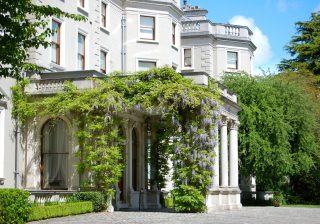
Dr. Kathleen Lynn – Kilmainham Gaol Museum
Dr. Kathleen Lynn was involved in multiple movements throughout her life, including the suffragist, labour, and nationalist movements.
She was a key player during the 1916 Easter Rising, having taught the members of Cumann na mBan first aid, and was Chief Medical Officer of the Irish Citizen Army during the rebellion. She was imprisoned for a time in Kilmainham Gaol for her part in the Rising.
However, her revolutionary involvement is just one side of Kathleen Lynn’s story. She studied in Manchester, Dusseldorf, Dublin, and the US, and was a fellow of the Royal College of Surgeons in 1909. From 1910- 1916 Lynn was the first female resident doctor in the Royal Victoria Eye & Ear Hospital.
She is remembered for her work in St. Ultan’s Hospital for infants and their mothers, and she helped further international research on TB eradication.
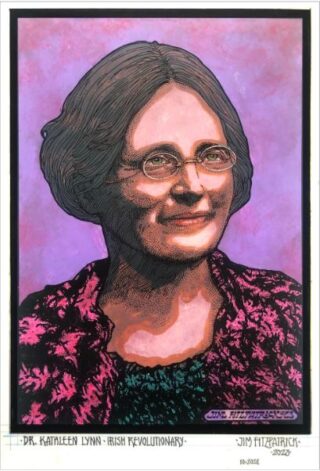
Hilda Grove Annesley & Sylvia Cooke Collis – Annes Grove Gardens
*1869 – 1961* – Hilda
Hilda Grove Annesley, nee Macnaghten, married Richard Grove Annesley in 1907 and together they were responsible for creating the paradise garden of Annes Grove near Castletownroche in North Cork. For over fifty years she was the constant presence at Annes Grove welcoming family, friends and visitors from far and near. She was happiest when out riding – she rode side saddle all her life and was admired as a very fine horsewoman.
In 1912, she wrote to Dick (Richard) telling him if she should die suddenly or killed out hunting that he was not to grieve too much as “we must all die someday and I have no wish to live to be older than 50”. She did in fact live until 1961 at the age of 92. Through her diaries and memoirs Hilda left behind an account of country living from the first half of the 20th century.
*1900 – 1973* – Sylvia
Daughter of Hilda Grove Annesley from her first marriage to Henry Cecil Phillips, Sylvia Cooke Collis was born in Glanmire, Co Cork but spent most of her youth in Annes Grove after her mother married Richard. Like her mother she loved the outdoor life and was involved with horses, dogs and fishing (her step father was a very keen fisherman). She also developed an interest in art and studied under John Power at the Crawford Municipal School of Art and later trained with Mainie Jellett, with whom she became friends.
She was good friends with another famous neighbour in North Cork, Elizabeth Bowen, who encouraged Sylvia further in her endeavours. Sylvia exhibited widely in the mid-twentieth century and was known as a modern artist, influenced by Jellett herself and the Fauve movement. No longer a household name, her art nevertheless has stood the test of time and may be due a revival.
- courtesy of Aileen Spitere
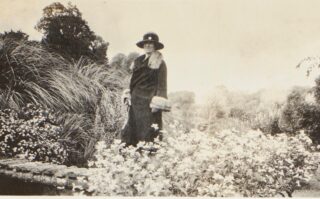
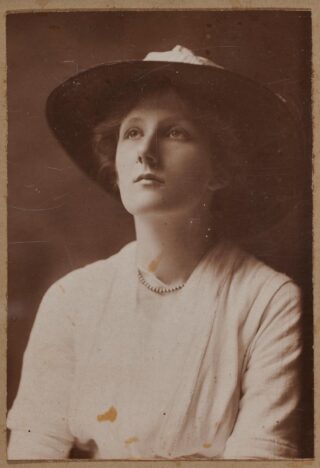
Countess Constance Markievicz – Kilmainham Gaol Museum
*1868 – 1927*
Constance Markievicz was heavily involved in the revolutionary fight for Irish freedom and in Irish politics. Her involvement in the republican movement dates to 1908, when she joined both Sinn Féin and Inghinidhe na hÉireann – both of which she became an executive member of in 1911.
Markievicz was sympathetic to the workers cause during the Lock-out in 1913, and set-up soup kitchens. She was the honorary treasurer of the Irish Citizen Army, and was responsible for the merging of Inghinidhe na hÉireann with Cumann na mBan.
During the 1916 Easter Rising, Markievicz was second-in-command to Michael Mallin at Stephen’s Green/Royal College of Surgeons, a role for which she was imprisoned for 14 months. She was held in Kilmainham Gaol for a short period, before being transferred to Aylesbury Prison.
Markievicz was the very first woman elected to Westminster in 1918, but as a member of Sinn Féin, and someone who did not recognise the British Parliament, she refused to take her seat. In March 1919 she became minister for labour in the first Dáil Éireann.
Constance Markievicz is now buried in Glasnevin Cemetery.
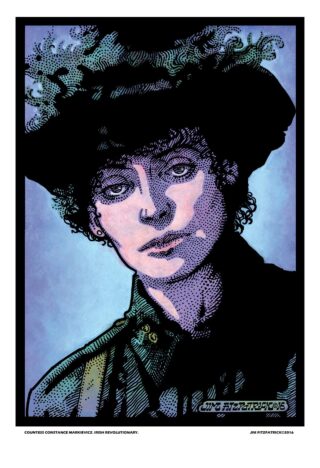
Margaret Pearse – Pearse Museum, St Enda’s Park
*1857 – 1932*
Margaret Pearse was a staunch nationalist and elected member of Dáil Éireann in 1921; vocally Anti-Treaty, Margaret was dedicated to keeping the memory of her two sons (Willie and Patrick Pearse) alive in everything that she did after the executions in 1916.
Margaret raised funds to keep the school Patrick set-up, St. Enda’s, running for as long as possible, travelling to America in 1924, raising $10,000 while there.
Margaret Pearse was given a state funeral upon her death, and is now buried in Glasnevin Cemetery.
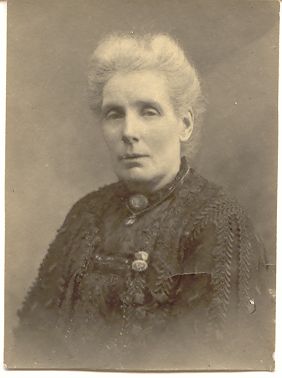
Lady Anne Wandesforde, The Countess of Ormond – Kilkenny Castle
*1754 – 1830*
Lady Anne, born Susan Frances Elizabeth (Anne) Wandesford, was heiress to the family mines in Castlecomer.
She married into the Butler family, and focused on healthcare within the Castlecomer area, organising the set-up of a fever hospital and infirmary during the 19th century.
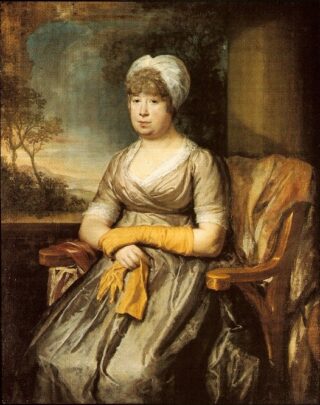
Lady Louisa Conolly – Castletown House & Parklands
*1743 – 1821*
Lady Louisa dedicated the later years of her life, after her husband’s death in 1803, to charitable works.
She established a female charter school, as well as industrial schools were children could be trained in various trades. She also had a church built, and believed that both Catholics and Protestants should be educated together.
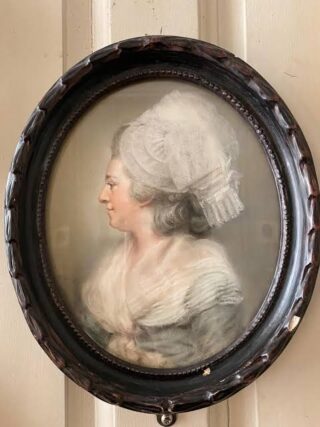
Angelica Kauffman – Rathfarnham Castle & Dublin Castle
*1741 – 1807*
Renowned neoclassical-style painter Angelica Kauffman is famous for her portraits and history paintings, capturing some of the most influential people of her time through her art.
A founding member of the Royal Academy in London, Kauffman’s talents were highly sought after by the elite, including the Earl of Ely of Rathfarnham Castle. She visited Ireland briefly in 1771, and some of her portraits of the Loftus family still reside in the Castle, including one of the Earl himself, Henry Loftus (see below).
Some of her historical paintings can also be viewed within the State Apartments of Dublin Castle.
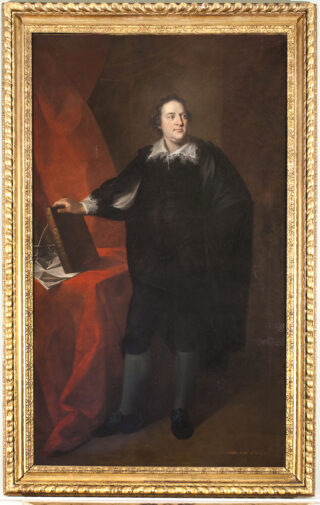
Grace O’Malley, The Pirate Queen – Clare Island & Kildavnet Castle
*1530 – 1603*
The legendary Pirate Queen, Grace O’Malley, was a formidable woman, asserting her leadership in a man’s world.
From a young age Grace showed determination, cutting her hair short to look like a boy so that she could board her father’s ship, when he refused her access. This action earned her the nickname of ‘Gráinne Mhaol – Grace the Bald’.
Her first husband, Domhnall O’Flaherty, engaged in ongoing fighting against the Joyce’s for control of Hen’s Castle in Co. Galway. After he was ambushed and killed by his enemies in 1565, Grace defended the castle, refusing to surrender to her enemies, and forcing them to retreat.
Grace became known as one of the most feared sea captains in Ireland, commanding a fleet of ships and an army of 200 men.
Sir Nicholas Malby, Governor of Connaught, said of her at the time that she ‘thinketh herself to be no small lady’ – she was not one to hide her light under a bushel.
Sir Henry Sidney proclaimed Grace ‘a notorious woman in all the coasts of Ireland’.
Today, many OPW sites are associated with Grace O’Malley, including Kildavnet Castle which bears her name ‘Granuaile’s Tower’, and Clare Island where she is said to be buried.
